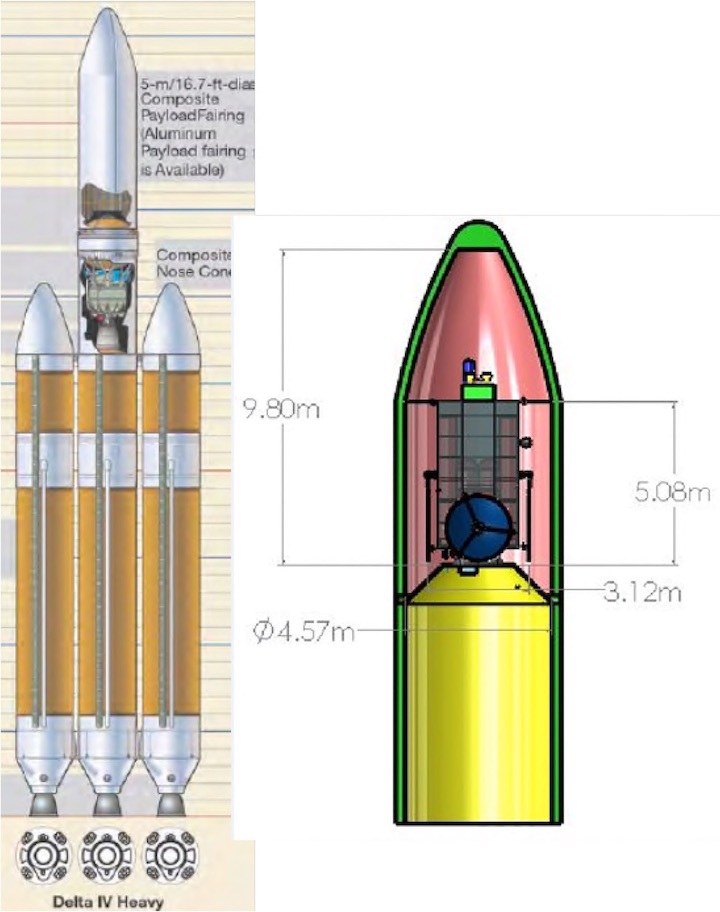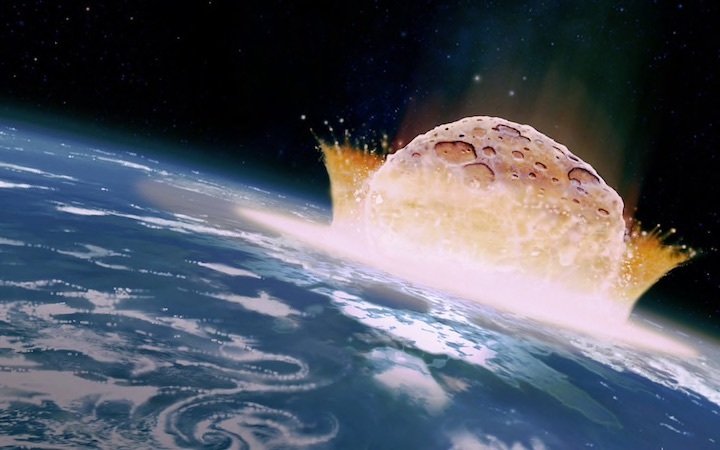The Atomic Energy Commission has shown that a one gigaton warhead detonated about 10 miles up could be expected to start fires over an area of more than 430,000 square miles, an area more than four times the size of Britain.
Dante Lauretta, professor of Planetary Science in the Lunar and Planetary Laboratory at the University of Arizona, said Bennu’s impact would release “three times more energy than all nuclear weapons detonated throughout history”.
"The impact would release energy equivalent to 1,450 megatons of TNT," he said.
“For comparison, the fission bombs used in World War II had an energy release of roughly 20 kilotons of TNT each and the most powerful nuclear weapon ever detonated, the Russian Tsar Bomba, had a yield of 50 megatons."

However the study showed that Earth would need years of warning to be able to put a deterrent plan in action.
The experts calculate that 7.4 years would be needed from building Hammer, to the craft hitting the asteroid.
Earth is hit by asteroids with surprising regularity but most are too small to do much damage or fall in unpopulated areas. In 2013, a meteor airburst over Chelyabinsk, Russia, broke shattered windows for over 300 miles.
+++
Closest asteroid approaches per year
Center for Near Earth Object Studies
+++
Nasa’s Centre for Near-Earth Object Studies now lists 73 asteroids which have a 1 in 1,600 chance of hitting the Earth.
Earlier this week a team of Russian researchers from Rosatom, the state nuclear energy corporation, and Moscow Institute of Physics and Technology (MIPT), announced they had constructed and blown up tiny asteroids in the lab to calculate how much power it would take to prevent a devastating impact.
Using laser pulses to simulate the effect of a nuclear bomb they found that to eliminate a 650 foot wide asteroid, the blast would need to deliver the energy equivalent of three megatons of TNT - the equivalent of 200 Hiroshima bombs.
The most powerful explosive device ever detonated was the Tsar Bomba, or “king of bombs,” built by the Soviet Union in 1961 which had an energy output of about 50 megatons of TNT.
“At the moment, there are no asteroid threats, so our team has the time to perfect this technique for use later in preventing a planetary disaster,” says study co-author Vladimir Yufa, an associate professor at the departments of Applied Physics and Laser Systems and Structured Materials, MIPT.
“We’re also looking into the possibility of deflecting an asteroid without destroying it and hope for international engagement.”


